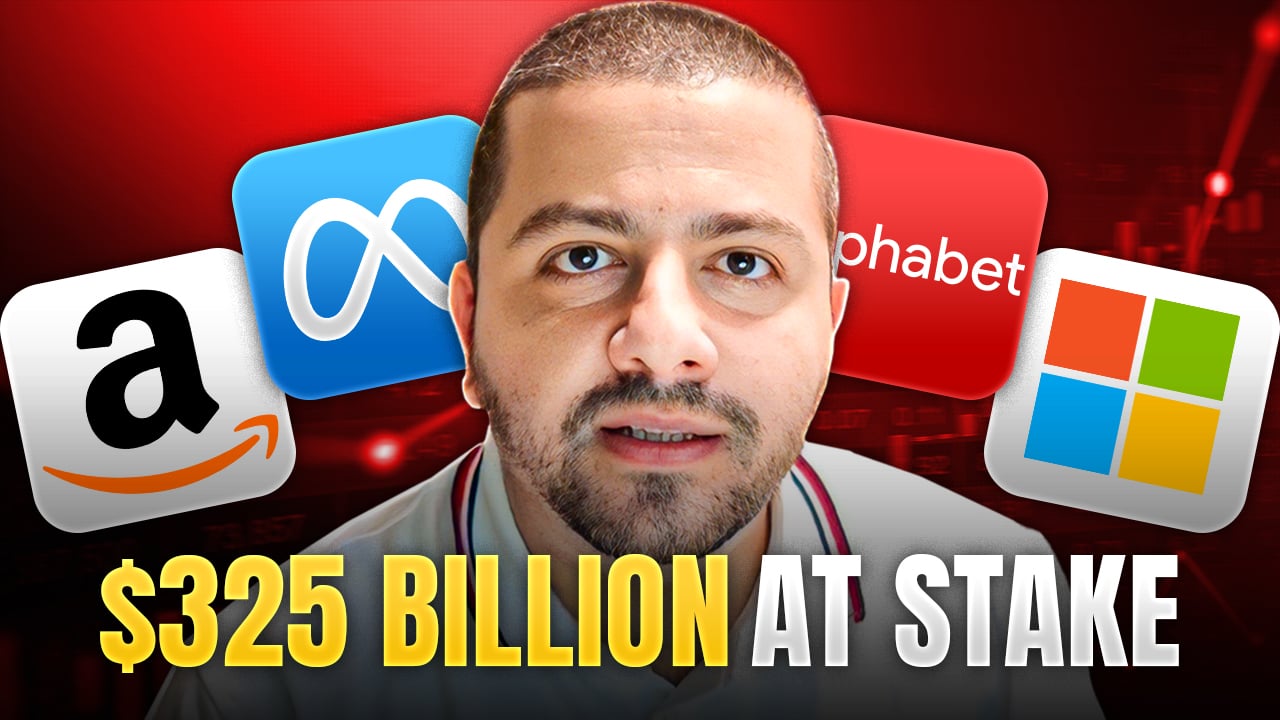Last summer, Instagram launched a new feature that blatantly copied Snapchat's main Stories feature. Instagram even called it Stories. In the six months since launching, Instagram has managed to attract as many of its users to its Stories feature as Snap has been able to attract to its entire app. Facebook (FB 1.15%) revealed that 150 million people use Instagram Stories daily. Snap's recent S-1 filing showed Snapchat has 158 million daily users.
Importantly, the Snapchat snapshot shows slowing user growth over the past couple of quarters since Instagram Stories launched. Sequential daily active user growth at Snapchat fell to 7% in the third quarter and just 3.3% in the fourth quarter last year. Before the launch of Instagram Stories, Snapchat user growth was accelerating nicely, but the sudden slowdown may give potential investors pause.

Image source: Snap S-1.
How Snap explains the slowdown
Snap's management repeatedly references "product innovation" as its main driver of engagement and user growth. It notes that "launching and changing our products can have a significant impact on daily active users in any given month." In another section, management says, "While product innovation contributes to our long-term user growth and engagement, we have seen that the results can be lumpy and unpredictable."
Snap's innovations happened to come in 2015 and early 2016, and management wrote, "We believe that the flat growth in the early part of the [fourth] quarter was primarily related to accelerated growth in user engagement earlier in the year." Sequential user growth accelerated from the second quarter of 2015 through the second quarter of 2016 before falling.
Indeed, Snap added several new interesting products in 2015 and the first half of 2016, while in-app innovations laid relatively dormant over the past six months. Snapchat added animated selfie lenses in 2015 and made all of them free at the beginning of 2016. It also built up its Discover platform of premium content from media partners throughout 2015 and early 2016. It allowed users to create their own geo-filters to overlay on their pictures for big events, and it redesigned its chat function in early 2016 as well. All of these new functions may have pulled forward some of its user growth from the second half of the year.
In the back half of the year, Snap's focus was on its new Spectacles hardware -- sunglasses with a camera in them that connect to Snapchat. Despite all the hype around Spectacles, Snap says revenue from the product was immaterial in 2016. That implies the supply-constrained product has had little impact on Snapchat user engagement.

Image source: Instagram.
It's an awfully big coincidence
It's highly unlikely Snap can blame its entire user growth slowdown on its "lumpy" product innovation rollouts. While Snapchat's user growth was slowing, Instagram's accelerated.
Instagram announced that it reached 600 million monthly active users (MAUs) in December, just six months after passing 500 million MAUs. That's a significant acceleration from the nine months it took for it to go from 200 million to 300 million, 300 million to 400 million, and 400 million to 500 million.
Facebook also just announced that Instagram has 400 million daily users, 67% of its MAUs, up meaningfully from the 60% ratio it reported in June. Combined with the report of 150 million daily Stories users, it's evident people are spending more time in Instagram, possibly at the expense of Snapchat.
What it all means for investors
There are two explanations for Snapchat's slowing user growth: Snapchat is a victim of its own success, or it's a victim of bigger competitors that are copying its product. The reality is probably some combination of both.
The fact is, Snapchat faces intense and growing competition, particularly from Facebook, and that's not going away. If that is indeed having a meaningful impact on the company's ability to grow active users, there will be pressure on revenue and profits. At this point, however, it's too early to tell, which creates a cloud of uncertainty around Snap's IPO. Investors may be wise to stay on the sidelines for a couple of quarters to see how it plays out, if they're not into taking big risks with their money.






